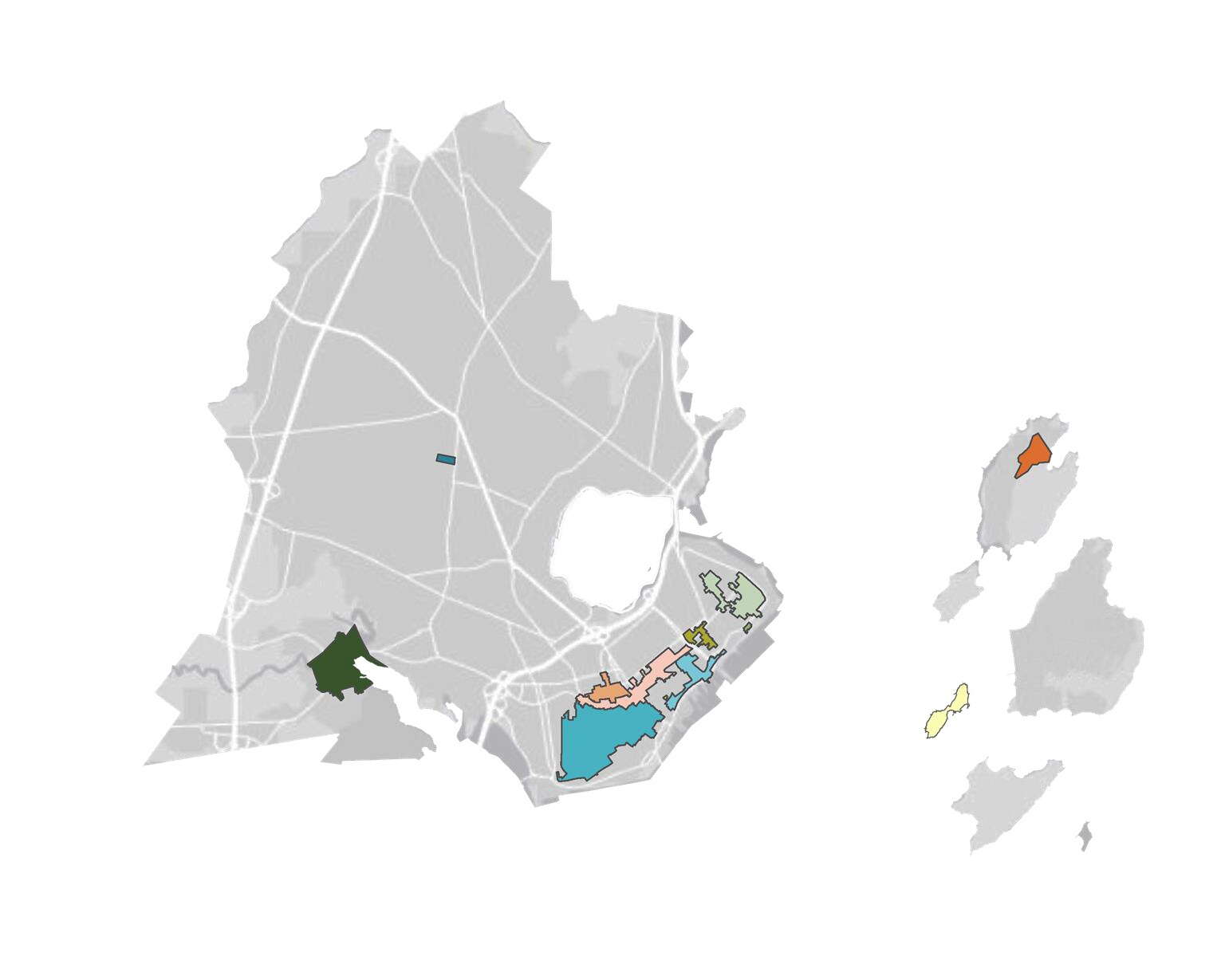
Processing Your Payment
Please do not leave this page until complete. This can take a few moments.
- News
-
Editions
-
- Lists
-
Viewpoints
-
Our Events
-
Event Info
- Women's Leadership Forum 2025
- On the Road with Mainebiz in Bethel
- Health Care Forum 2025
- On The Road with Mainebiz in Greenville
- On The Road with Mainebiz in Waterville
- Small Business Forum 2025
- Outstanding Women in Business Reception 2025
- On The Road with Mainebiz in Bath
- 60 Ideas in 60 Minutes Portland 2025
- 40 Under 40 Awards Reception 2025
- On The Road with Mainebiz in Lewiston / Auburn
- 60 Ideas in 60 Minutes Bangor 2025
Award Honorees
- 2025 Business Leaders of the Year
- 2024 Women to Watch Honorees
- 2024 Business Leaders of the Year
- 2023 NextUp: 40 Under 40 Honorees
- 2023 Women to Watch Honorees
- 2023 Business Leaders of the Year
- 2022 NextUp: 40 Under 40 Honorees
- 2022 Women to Watch Honorees
- 2022 Business Leaders of the Year
-
-
Calendar
-
Biz Marketplace
- News
- Editions
- Lists
- Viewpoints
-
Our Events
Event Info
- View all Events
- Women's Leadership Forum 2025
- On the Road with Mainebiz in Bethel
- Health Care Forum 2025
- On The Road with Mainebiz in Greenville
- On The Road with Mainebiz in Waterville
- + More
Award Honorees
- 2025 Business Leaders of the Year
- 2024 Women to Watch Honorees
- 2024 Business Leaders of the Year
- 2023 NextUp: 40 Under 40 Honorees
- 2023 Women to Watch Honorees
- 2023 Business Leaders of the Year
- + More
- 2022 NextUp: 40 Under 40 Honorees
- 2022 Women to Watch Honorees
- 2022 Business Leaders of the Year
- Nomination Forms
- Calendar
- Biz Marketplace
Study: Portland’s historic districts don’t force housing costs up, or residents out
 File Photo / Maureen Milliken
The Portland City Council approved Munjoy Hill as a historic district in 2021.
File Photo / Maureen Milliken
The Portland City Council approved Munjoy Hill as a historic district in 2021.
A study released Tuesday has found Portland's historic housing stock commands a price premium — but whether real estate is in the city's historic districts has little to do with what a property sells or rents for.
The study was commissioned after the Portland City Council in 2021 asked planning and urban development staff to look at how the creation of the districts affects residents. The city hired a Washington, D.C., economic development consultant, Jon Stover & Associates, to do the study at a cost of $85,000.

Stover's final report, “Trends in Portland’s Historic Districts,” assesses trends within and outside of Portland's 12 districts, and examines topics such as the impact of historic designations on housing creation and housing costs and the relationship between the historic designation and resident demographics.
Among the findings:
- There is no indication that the designation of a historic district leads to residents being displaced.
- Rents in Portland's historic districts have grown at a rate nearly identical to that of Portland overall since 1990.
- Historic districts have become more racially diverse since 1990, at a similar rate to the city as a whole.
- Residential vacancy rates in historic districts on the peninsula have remained similar to the citywide average.
- Historic districts on average have a much higher housing density per square mile than both the city overall and elsewhere on the peninsula.
- The renovation of existing housing has led housing densities in historic districts to increase at similar rates elsewhere in the city.
- The increased rate of renovation over demolition and new construction lowers the use of building materials and helps reduce carbon emissions and landfilling.
Historic district history
Spurred by Portland's loss of historic structures during the 1960s, the city's historic districts place tighter restrictions on redevelopment and new construction than found elsewhere in the city.
In 1973, the first districts in Portland were listed on the National Register of Historic Districts. In 1990, the city adopted a historic preservation ordinance aimed at preserving “exceptional historic buildings, landscapes and districts within the city.”
Since then, the city has created more districts, mostly on the peninsula, including the most recent addition, the Munjoy Hill Historic District.
Nearly 2,000 buildings lie within the districts. One out of every four Portland residents live within a historic district and over 19,400 people work in the them. Many of the districts are frequented by tourists and visitors.
Today, the districts are:
- Congress Street
- Deering Street
- Fort McKinley
- House Island
- How Houses
- India Street
- Munjoy Hill
- Portland Co.
- Stroudwater
- Waterfront (Old Port)
- West End
- Westbrook College
The release of the study comes as housing costs continue to climb across much of Maine, and particularly in Cumberland County. The median price of single-family homes there reached $550,000 in August — and was up 9.4% statewide for the month compared to the median in August 2022.
The Stover study notes that changes in the housing market, new population trends and shifting regulations could alter the impact of historic districts in the future. The study recommends continued tracking of indicators pertaining to demographics, sustainability objectives and building conditions.
“So far, real estate and demographic trends in Portland’s historic districts align with the intent of the ordinance,” the study says. “However, this does not guarantee these trends will continue, as future externalities may create unforeseen shifts in neighborhood conditions.”
Also recommended is additional density and height in nearby zoning districts in order to ensure that the character within historic districts is maintained while still accommodating future housing demand.
To read the full study, click here.










0 Comments